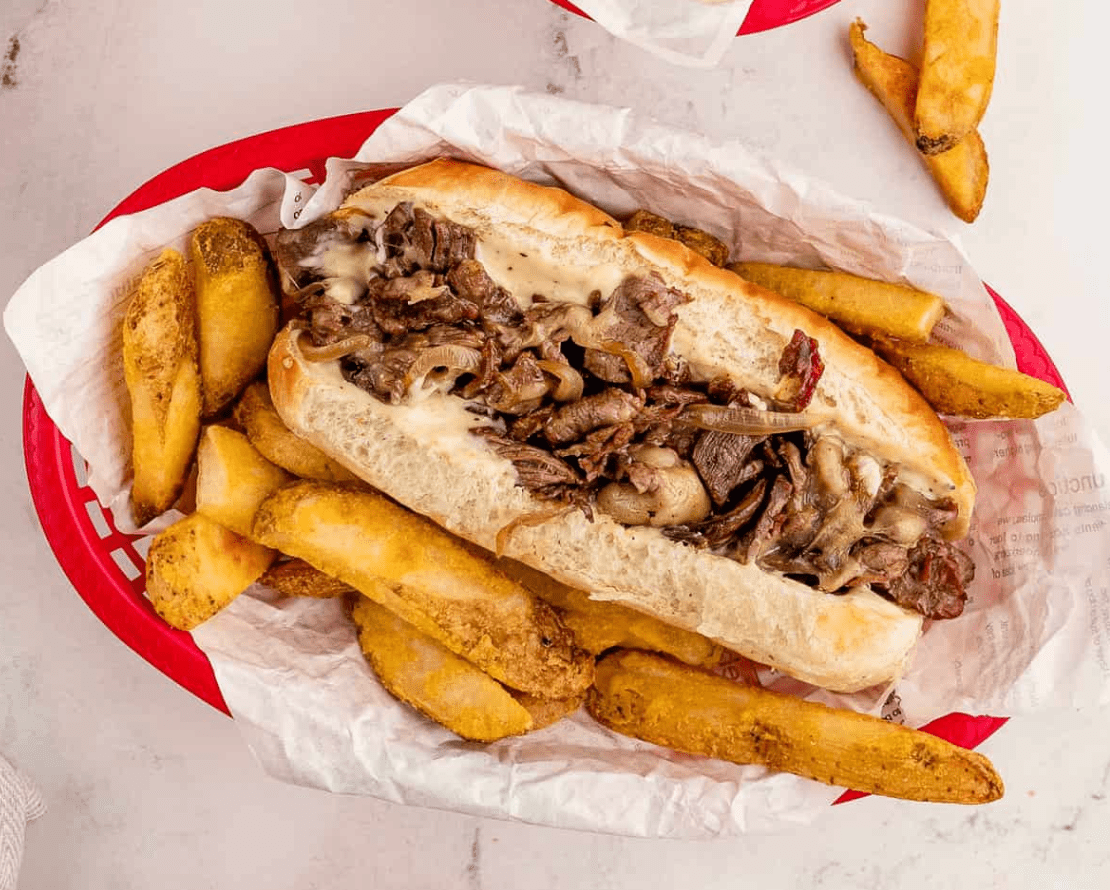Life can be incredibly unfair. Some individuals seem to indulge in whatever they please without gaining an inch of fat, while for the majority of us, yesterday’s Chipotle feast appears to be the reason our pants feel tighter today.
The issue goes beyond mere aesthetics. Abdominal fat is linked to a range of alarming health problems, including cardiovascular diseases, type 2 diabetes, and breast cancer.
It’s not just about looks; it’s a matter of health risks.
Why Do Many of Us Accumulate Excess Belly Fat?
The answer lies in your metabolism, which dictates how many calories are too many, your hormones guiding where fat goes, and your genetics. Understanding how these factors converge to transform food into belly fat can help you approach weight issues more effortlessly and feel more in control when trying to shed those pounds.
Metabolism and Weight Gain: Not as Simple as You Think
Weight gain boils down to a simple equation: consuming more calories than your body burns in a day. However, before we proceed, it’s crucial to understand that your daily calorie burn is minimally influenced by your activity level.
The majority of your calorie burn comes from your Basal Metabolic Rate (BMR), the energy required for your body’s normal functioning. Even when you’re asleep, your body burns calories – a mere 5% drop in calorie burn occurs during sleep, giving you an idea of how much energy is needed to maintain your bodily functions throughout the day. This constitutes 60 to 80% of your metabolism.
The amount you move – including exercise, walking around, or even fidgeting – accounts for approximately 10 to 30% of your calorie burn. Finally, the energy required for breaking down and digesting food (known as the Thermic Effect of Food, or TEF) makes up about 10% of your metabolism.
When the calories you consume exceed the total of these three burning mechanisms, your body has two primary choices in handling those calories: storing them as lean body mass like muscles or storing them as fat.
If you consciously control this process, you’d undoubtedly shout, “Choose muscles!” However, your body needs a stimulus to direct those calories towards your muscles (or buttocks, or the hundreds of other muscles in your body). An example of this stimulus is – you guessed it – exercise.
“If you push yourself through resistance exercise, your muscles will need more calories to grow. The body knows where to send these calories because muscle tissue needs repair,” says Bellatti. “But if you don’t challenge the muscles, there’s no signal for muscle growth.”

No muscle stimulus? Well, your body opts for the second choice: storing fat. The fat ends up where it does largely depending on your genes and what hormonal changes are occurring.
Why Does Fat Accumulate in Your Belly?
We can’t choose where fat accumulates. Whether you carry more weight in the lower body (“pear-shaped”) or in the abdomen (“apple-shaped”) is, to some extent, determined by genetics, which is beyond our control.
However, another major determinant of fat storage – our hormones – is something you can influence to a certain extent through lifestyle choices. In the process of accumulating abdominal fat, two particularly critical hormones are insulin and cortisol.
“Our lifestyle influences these hormones, and then these hormones affect our ability to store or release fat,” says Mike Roussell, a nutritionist with a Ph.D. from Penn State University.
“Insulin is essentially like a bouncer. It pushes blood sugar out of the bloodstream, bringing it back to safe levels,” explains Roussell. “So when you eat something that spikes, like carbohydrates or sugar, blood sugar rises, and insulin scoops the sugar out of your blood and puts it into fat cells.”
Now, this doesn’t mean insulin is the cause of fat increase (research has been conducted and hasn’t yet supported this point). After all, insulin plays a crucial role in storing calories as muscle as well.
However, it does mean that if your insulin remains elevated, perhaps due to consistently consuming sugars throughout the day, this chronic elevation of insulin might become a pathway for fat storage.
So, the key isn’t to worry about every food that triggers an insulin response (many do). Instead, ensure your insulin levels don’t spike excessively at any given time.
Another hormone, cortisol, is responsible for your stress response. Its job is to supply your major muscles with energy through a surge of glucose, preparing your body for fight or flight.
The problem is: anxiety at work or lack of sleep can trick your body into thinking it’s in survival mode, triggering the release of cortisol. This leads to more significant issues because cortisol has a consistent association with abdominal fat.
Increasing fat is like compound interest: over time, you become more entrenched, and breaking free becomes increasingly challenging.
“When you store more fat in your fat cells, and they get bigger, it can actually cause an inflammatory response,” says Roussell. “When your fat cells are in this stressed-out state and inflamed, they don’t want to release fat.”
How to Limit Fat Increase
The first step to prevent the accumulation of abdominal fat is to maintain an energy balance – ensuring the calories you consume match the calories your body expends in a day. Obviously, this is easier said than done; if it were that simple, over a third of U.S. residents wouldn’t be considered obese. Here are three starting approaches:
Choose Quality Calories
According to Bellatti, adopting a diet rich in vegetables, fruits, whole grains, and lean protein can make this task easier. Not only is this more satisfying (thanks to the fiber, protein, and essential minerals in these foods), but they are also less likely to transform into abdominal fat during digestion.
“Let’s look at two people consuming 1,500 calories a day,” says Bellatti. “If one person’s diet is high in refined grains, added sugars, low in fiber, and really doesn’t contain quality protein and fats, then that’s going to be a diet that’s more likely to raise blood sugar. Insulin will release more, and there will be a greater chance of abdominal fat storage.”

As an additional benefit, choosing whole foods over more calorie-dense processed foods provides greater returns. This is also why Bellatti insists you shouldn’t buy into the notion that people claiming they can lose weight while eating a lot of McDonald’s or indulging in Twinkies.
“Can you lose weight on 1,500 calories of Haagen Dazs and McDonald’s? Sure,” says Bellatti. “But, first of all, it’s not healthy, and second, it’s not a lot of food. If you’re only eating 1,500 calories of ice cream, volume-wise, it’s not a lot of food. You’ll be hungry.”
Control Cortisol
Assuming you’re not evading wild animals or doing anything that might genuinely trigger a stress response, several things can increase your cortisol levels: consuming caffeine, drinking alcohol, going crazy for work, and sleep deprivation.
Caffeine has posed some troubles in the realm of weight loss. Although caffeine has been proven to have a mild calorie-burning effect, consuming caffeine multiple times a day has been shown to elevate cortisol levels. The best approach might be to reserve your morning coffee but skip the afternoon pick-me-up.
Prioritize Sleep
Sleep is a crucial aspect of controlling cortisol and overall health. Lack of sleep or poor-quality sleep can increase stress levels, affecting cortisol release and subsequently contributing to abdominal fat.

While the path to preventing abdominal fat accumulation may seem complex, breaking it down into manageable lifestyle changes can make a significant difference. Choose nutrient-dense foods, manage stress, prioritize sleep, and introduce regular physical activity to your routine. By doing so, you can navigate the intricacies of metabolism, hormones, and genetics with greater control and work towards a healthier, happier you.






Leave a Reply